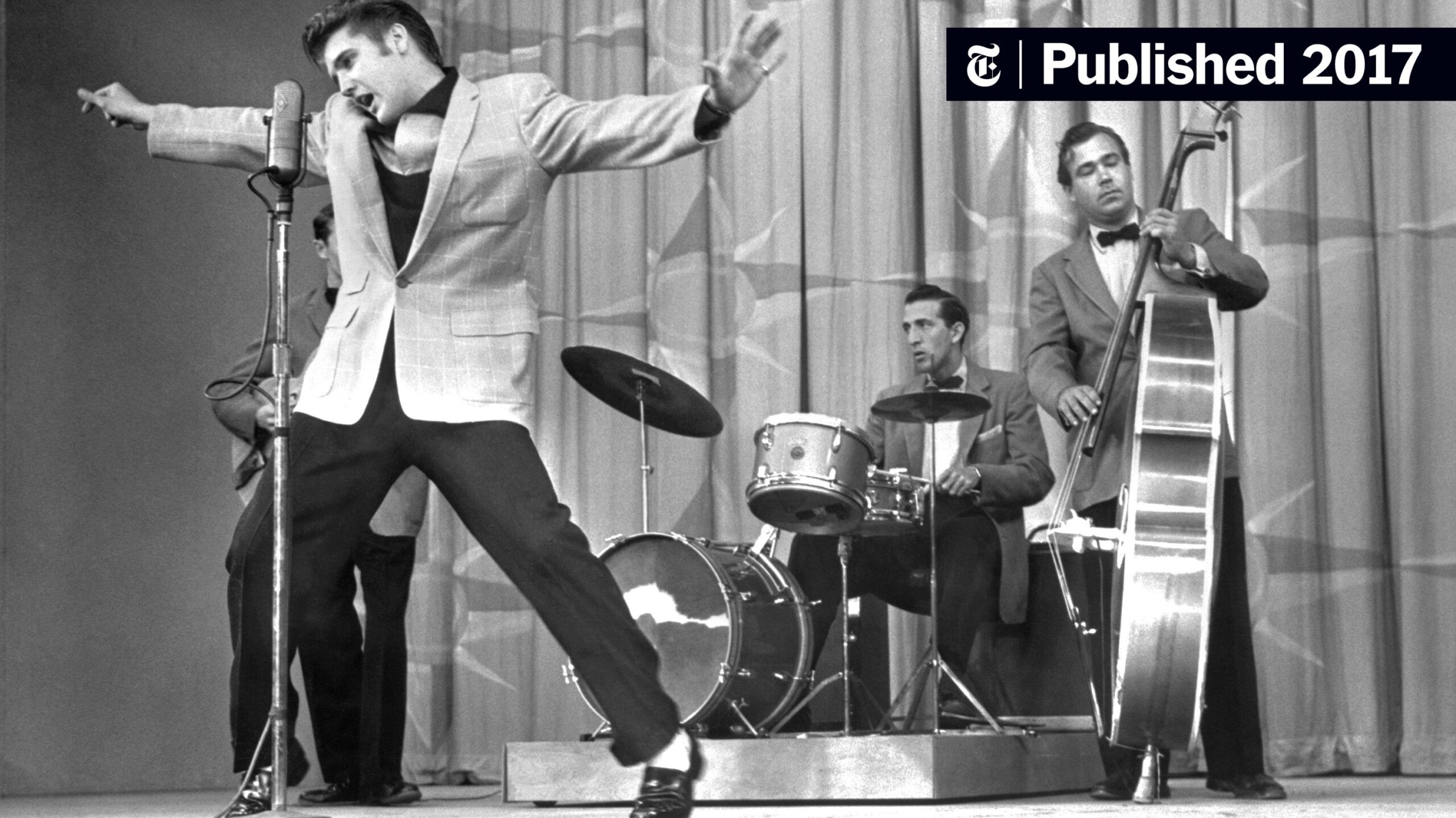Cultural appropriation in pop culture is a multifaceted phenomenon that elicits profound discussions regarding ownership, identity, and respect. This concept, which refers to the adoption of elements from one culture by members of another, is often controversial. In the realm of pop culture, this appropriation manifests in various forms, leading to intriguing, albeit contentious, intersections of art, fashion, music, and cuisine.
Pop culture serves as a microcosm of societal values, evolving as a reflection of the diverse influences that permeate it. Yet, with this evolution arises the risk of diminishing the significance of the very cultures being borrowed from. This tension is especially evident in the creative industries, where artists, celebrities, and influencers frequently pull inspiration from cultures that are not their own. The added layer of globalization accelerates this exchange, amplifying both the reach of cultural elements and the scrutiny they face.
One of the most prevalent domains of cultural appropriation in pop culture is fashion. High-end designers and mainstream clothing brands often draw upon traditional garments and motifs from various cultures, sometimes without proper acknowledgment. This raises important questions: Are these representations being commercialized at the expense of the original creators? Or are they simply a celebration of diverse aesthetics? The line between admiration and appropriation can be perilously thin. For instance, the use of Native American headdresses at music festivals can be seen as a trend that trivializes a sacred symbol, conflating cultural reverence with fashion statements.
Musical genres also illustrate the complex relationship between cultural appropriation and creative expression. From Elvis Presley’s renditions of African American blues to contemporary pop stars sampling traditional sounds, the appropriation of musical styles has a long and storied history. This form of appropriation often elicits both admiration for its artistry and criticism for its implications regarding cultural ownership. Artists like Bruno Mars and Katy Perry, for example, have been scrutinized for incorporating elements from various cultures into their music, prompting debates on whether these acts serve as homage or as exploitative ventures that overshadow the contributions of the original artists.
The culinary landscape provides another fertile ground for discussions surrounding cultural appropriation. The fusion cuisine trend, while beloved by many, raises important questions about authenticity and ownership. When chefs blend ingredients and techniques from different culinary traditions, they create delightful palates of flavor—yet, are they honoring the cultures that inspire their creations or commodifying them? The proliferation of restaurants offering “ethnic” foods by chefs who may not share similar cultural backgrounds can lead to accusations of appropriation, particularly when traditional dishes are altered in ways that disenfranchise the communities that birthed them.
Visual arts, too, are rife with appropriation issues. The rise of street art exemplifies the ongoing dance between homage and appropriation. Artists from various backgrounds frequently incorporate imagery and iconography from disparate cultures into their work. Take, for instance, the use of indigenous symbols or motifs without context or understanding; such practices raise ethical concerns. The debate often focuses on whether the appropriation of such symbols constitutes an appreciation of the culture or strips the symbols of their inherent significance and history.
Moreover, the realm of social media has transformed how cultural appropriation is perceived and discussed. Platforms such as Instagram and TikTok enable rapid dissemination of trends, fostering an environment where cultural elements can be rapidly shared and, at times, misappropriated. Viral challenges that invoke cultural practices can precipitate awareness, yet they can also lead to reductive representations that oversimplify complex cultural narratives. The pressure for influencers and content creators to curate “diverse” content may lead to appropriative behaviors that draw ire from marginalized communities.
Engaging with the topic of cultural appropriation necessitates a nuanced approach. It is essential to consider the power dynamics at play. Power inequities are critical to understanding why certain cultures are more frequently appropriated than others. Dominant cultures often draw on the aesthetics of marginalized cultures without reciprocal recognition or benefit, leading to a manifestation of cultural colonialism. This form of appropriation perpetuates systems of inequality, as the original creators frequently receive neither acknowledgment nor financial compensation.
Responses to cultural appropriation within pop culture vary widely. Some advocate for a greater awareness of cultural sensitivity and respectful engagement, encouraging creators to learn about the cultural origins and significance of the attributes they wish to embrace. Initiatives aimed at promoting collaboration between cultures, rather than appropriation, can pave the way for a more equitable exchange of creative ideas. Empowering marginalized voices, ensuring proper representation, and fostering dialogue can help bridge cultural divides in ways that respect and honor the traditions being drawn upon.
In conclusion, the conversation surrounding cultural appropriation in pop culture is intricate and ongoing. It reflects deeper societal issues regarding power, respect, and responsibility. As the landscape of pop culture continues to evolve, so too must the discourse around appropriation. By fostering awareness, encouraging respect for cultural origins, and promoting an inclusive dialogue, the potential exists for a richer and more respectful engagement with the myriad cultures that contribute to the tapestry of global pop culture.
